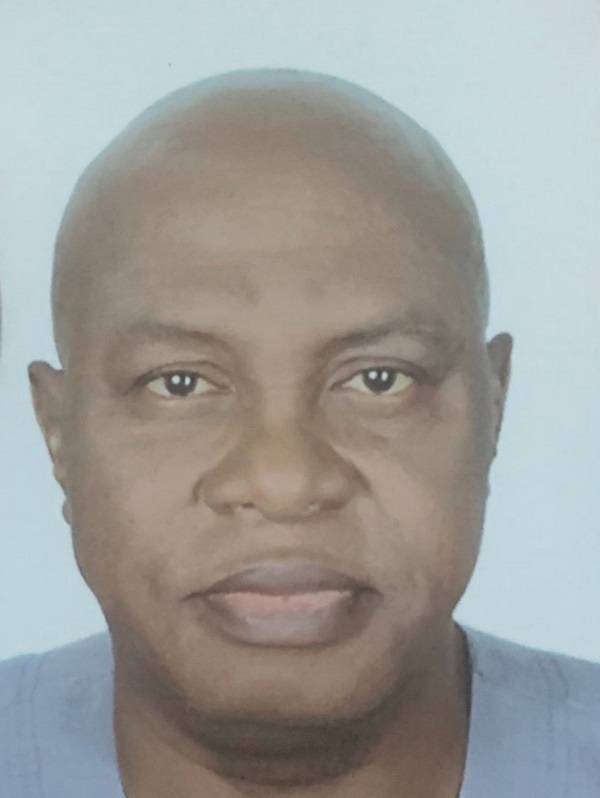
From January 1, 2025, a new radio regulation management takes root among the 193-member nations of the International Telecommunications Union (ITU)
This is a fall out of the 2024 resolutions of the ITU Radio Regulations, a result of a four-year process after four weeks of negotiations during the World Radiocommunication Conference (WRC-23), hosted 2023 in Dubai, United Arab Emirates.
The International Telecommunication Union (ITU) released on August 28, 2024 an updated version of the Radio Regulations, the international treaty governing the global use of radio-frequency spectrum and satellite orbits.
The ITU Radio Regulations govern the global use of radio-frequency spectrum and satellite orbits for all radio services, systems and applications, including fixed and mobile broadband, satellite systems, sound and TV broadcasting, radionavigation, meteorological monitoring and prediction, space research and Earth exploration, amateur radio services and other topics.
“The 2024 edition of the Radio Regulations marks a significant milestone in the world of technology,” according to ITU Secretary-General Doreen Bogdan-Martin. “As technological progress advances and the demand for spectrum grows, the international treaty continues to evolve to accommodate new radiocommunication services and applications, minimize interference between services, and ensure equitable access to this essential resource.”
The treaty serves as the cornerstone of international radio frequency management, ensuring that spectrum allocations keep pace with the rapidly evolving technological landscape and meet the needs of modern communication systems.
The Radio Regulations are a four-volume treaty of more than 2,000 pages. The treaty establishes the rights and obligations of ITU’s 193 member states and now covers more than 40 different radiocommunication services, spanning frequencies from 8.3 kilohertz (kHz) to 3000 gigahertz (GHz).
The ITU Radio Regulations facilitate equitable access to and rational use of the radio-frequency spectrum and geostationary satellite orbits, both globally shared and limited natural resources; support the efficient and effective operation of all radiocommunication services; and, as necessary, facilitate the introduction and regulation of new radiocommunication services and technologies.
The international coordination mechanisms enshrined in the ITU-managed treaty promote its objective to ensure the availability of the frequencies provided for distress and safety communications and help prevent or resolve cases of harmful interference between the radio services of different administrations.
The 2024 Radio Regulations are available in all six UN official languages These are Arabic, Chinese, English, French, Russian and Spanish. The correct interpretation and translation of these six languages, in both spoken and written form, is very important to the work of the Organization, because this enables clear and concise communication on issues of global importance.
The ITU said the Radio Regulations documents also available on electronic versions that can be downloaded free of charge while Print and DVD versions will be available for purchase in the coming weeks.
Treaty provisions also direct how radio equipment and systems must operate to ensure efficient and effective coexistence among various services worldwide and anywhere in space, optimizing the usage of today’s increasingly crowded airwaves.
The 2024 Radio Regulations identify new spectrum resources to support technological innovation, deepen global connectivity, increase access to and equitable use of space-based radio resources, and enhance safety at sea, in the air, and on land.
“The updated Radio Regulations is the result of hard-won agreements reached at WRC-23 and a testament to the unwavering spirit of cooperation and compromise among all of our members to negotiate timely changes to the international treaty,” said Mario Maniewicz, Director of the ITU Radiocommunication Bureau. “The updated treaty provides a framework for national spectrum management that aligns with international standards and guarantees the stable, predictable regulatory environment that is essential for the development of innovative radiocommunication services for all.”
Global regulation of the radio spectrum began with the signing of the first International Radio Telegraph Convention in Berlin on November 3,1906 after 30 states came together and agreed on key maritime communications and safety provisions and established “SOS” as a globally recognized distress signal.
The Radio Regulations, Edition of 2024, contains the complete texts of the Radio Regulations adopted by the World Radiocommunication Conference of 1995 (WRC-95) and reviewed by the subsequent World Radiocommunication Conferences: WRC-97 (Geneva, 1997), WRC-2000 (Istanbul, 2000), WRC-03 (Geneva, 2003), WRC-07 (Geneva, 2007), WRC-12 (Geneva, 2012), WRC-15 (Geneva, 2015), WRC-19 (Sharm el-Sheik, 2019) and WRC-23 (Dubai, 2023).
World radiocommunication conferences (WRC) are held every three to four years. It is the job of WRC to review, and, if necessary, revise the Radio Regulations, the international treaty governing the use of the radio-frequency spectrum and the geostationary-satellite and non-geostationary-satellite orbits. Revisions are made on the basis of an agenda determined by the ITU Council, which takes into account recommendations made by previous world radiocommunication conferences.
The general scope of the agenda of world radiocommunication conferences is established four to six years in advance, with the final agenda set by the ITU Council two years before the conference, with the concurrence of a majority of Member States.
Under the terms of the ITU Constitution, a WRC can revise the Radio Regulations and any associated Frequency assignment and allotment Plans; address any radiocommunication matter of worldwide character; instruct the Radio Regulations Board and the Radiocommunication Bureau, and review their activities; determine Questions for study by the Radiocommunication Assembly and its Study Groups in preparation for future Radiocommunication Conferences.
On the basis of contributions from administrations, the Radiocommunication Study Groups, and other sources is captured in Article 19 of the Convention (Geneva, 1992)) concerning the regulatory, technical, operational and procedural matters to be considered by World and Regional Radiocommunication Conferences, the Conference Preparatory Meeting (CPM) shall prepare a consolidated report to be used in support of the work of such conferences.

